Gardeners already have to deal with weeds and unpredictable weather, but now they have to contend with insect infestations on top of that. If you’ve ever wondered how to get rid of bugs on your plants, we’ve got you covered.
Aphids

Aphids are tiny, pear-shaped bugs that pierce the skin of plants to get the sap. Symptoms include wrinkly leaves, reduced growth, and death if left untreated. Honeydew (a sweet sticky fluid generated by aphids) is also responsible for the growth of sooty mold and attracts ants, which guard the aphids because they desire the honeydew.
Getting Rid of Aphids
Dislodge aphids by spraying plants with a strong stream of water, or remove and destroy afflicted areas of the plant. There are several natural ways to get rid of pests such as using horticultural oil, pesticide soap, or neem. Lady beetles, which eat aphids, can also be purchased.
Cutworms
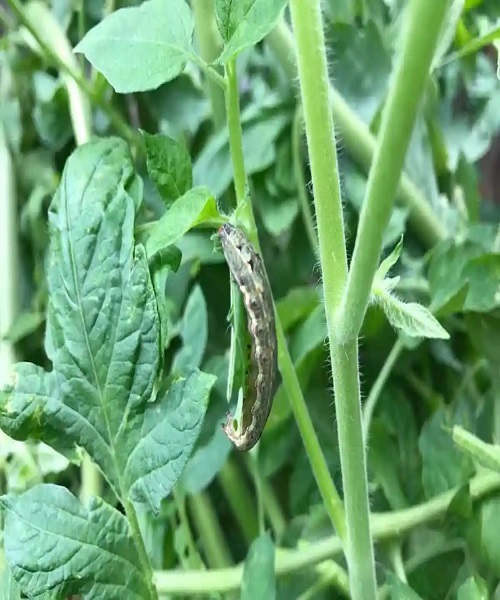
One-inch-long cutworms are the larvae of moths, and they feed on plants at night while hiding under leaves or in the soil during the day. To identify cutworms, look for dead stems on newly planted seedlings, which are the first section of the plant that they attack.
Getting Rid of Cutworms
Plastic drinking cups or toilet paper rolls can be used to make collars for seedlings to protect them. The curled up cutworms can also be removed by hand after light soil cultivation before planting. Another option is to plant seedlings a few weeks later, when their stems have grown sturdy enough to withstand cutworms.
Japanese Beetles
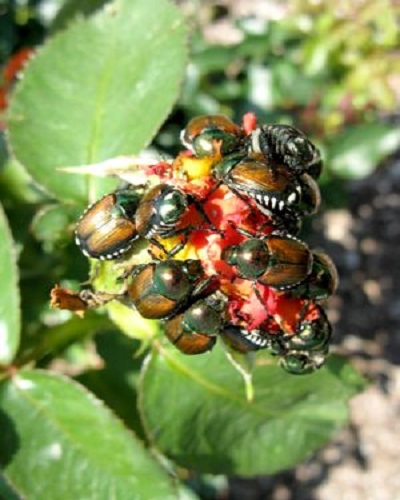
Adult beetles measure half an inch long and are a brilliant blue-green and bronze color. Larvae are round, brown-headed, white grubs. Beetles eat flowers and skeletonize foliage. Grasses and other plants’ roots are a favorite food source for grubs.
Getting Rid of Adult Japanese Beetle
Shake them off the plants and into a jar of soapy water early in the morning, when they are less active. Floating row coverings or insecticidal soap can also be used.
Getting Rid of the Grubs of the Japanese Beetle
Use helpful nematodes (soil-dwelling tiny worms) or milky spores (a bacterium). There is a learning curve involved with each of these organic methods, so be patient.
Scales

Adult female scale insects, that look like lumps on plant stems, leaves, or fruit, are the most common to spot. Larvae are tiny crawling insects, whereas the males are little, fliers. To weaken plants and cause leaves to turn yellow and fall off, scale insects suck plant sap.
On the other hand, honeydew is also found on the leaves and fruit. It looks bad and can spread disease. Here are some helpful tips for taking care of your plants.
Getting Rid of Scales
If the infestation is mild, you can use a soft brush and soapy water to remove the scales from the twigs and then rinse them clean. Dormant oil or summer oil spray should be used on larger infestations.
Slugs
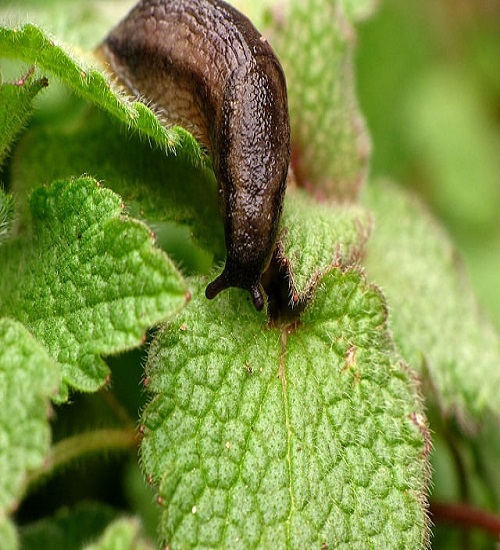
They are soft-bodied mollusks that measure approximately an inch in length and are either brown or gray in appearance. Slugs are a common nuisance. During the day, they stay hidden in the shade and feed primarily at night. Any garden plant they consume will have unsightly holes in the leaves. The more rainy the weather, the more likely it is that you may see them.
Getting Rid of Slug
Beer-filled cans of tuna can be placed in the garden. Slugs can be frozen or salted after they are picked by hand in the early or late hours of the day. There are several more solutions, such as using diatomaceous earth (a soft, naturally occurring sedimentary rock created from fossil remains) around the stems of plants to keep them safe from the slimy predators, including the use of wood ashes and ashes of seashells.
Squash Bugs
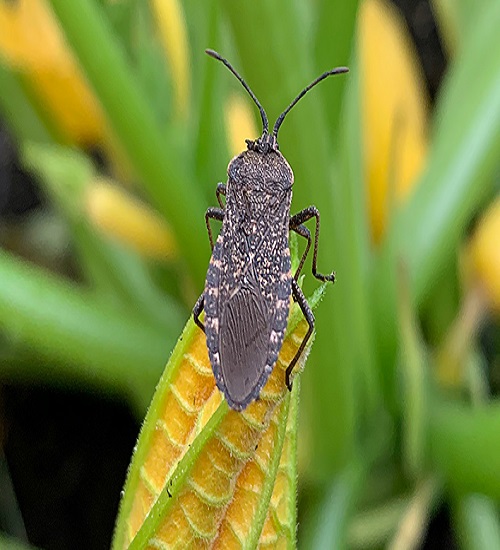
Squash bugs, as the name suggests, are most typically seen on squash and pumpkin plants. They’re big, resemble stink bugs, and appear to be clad in armor. They wilt plants by sucking their juices.
Getting Rid of Squash Bug
Take a few and place them in an empty jar of soapy water for later use. At the end of the growth season, remove infected plants and dispose of them in the garbage. Spraying neem on egg clusters and juvenile squash bugs can also be done, as can scraping out egg clusters from the backside of leaves. A floating row cover can be used to keep squash bugs from mating until pollination time. Insects aren’t the only garden pests, but they’re not the only ones.
The spider mites
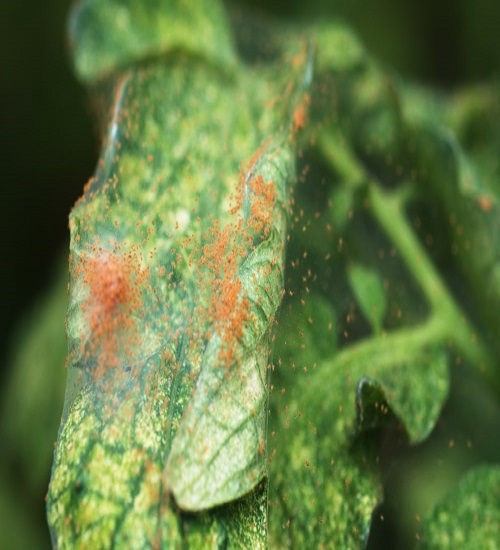
Plant fluids are the primary source of food for these spider-like pests. Plants lose vitality when their leaves turn yellow, brown, or gray and fall off in vast quantities. Fine silk webs on the bottom of leaves are another sign.
Getting Rid of Spider Mites
Lady beetles, praying mantis, and assassin bugs are all effective predators that can be used to control the spider mites in your yard. Doc and Katy Abraham, the authors of The Green Thumb Garden Handbook and Garden Writers Association Hall of Fame members, offer a solution to this problem in their book: Mix 5 gallons of water with 1/2 cup buttermilk and 4 cups of wheat flour. Top and bottom foliage spraying is recommended. You should repeat this procedure in 10 days if any of the eggs hatch during this time.
Squash Vine Borers
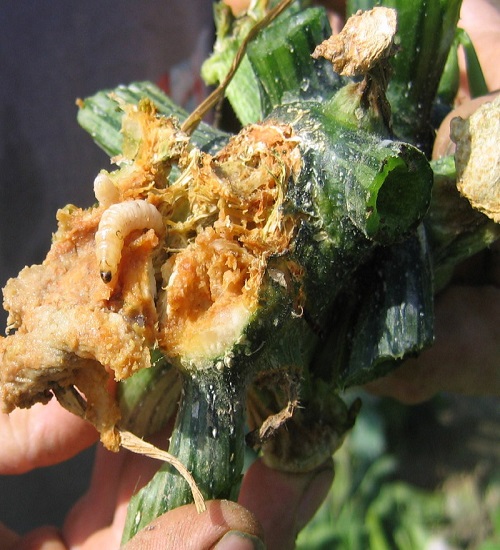
You’re more likely to see damage to your squash plants than to see the squash vine borers themselves. These 1-inch-long white caterpillars feed from the stem, which explains why they’re so small. It appears as if the plants are in desperate need of water. The vine as a whole eventually dies. Frass (debris or excrement created by insects) can also be found on the ground in addition to the withering of the plant. As an added precaution, never plant these veggies in close proximity to one another.
Getting Rid of Squash Vine Borers
Planting a few weeks later in the season and utilizing a row crop cover till flowering are also acceptable practices for crop rotation. Long-stemmed plants should be grown instead of compact hybrids. They may begin to take root in numerous places as the long-stemmed kinds expand. Add dirt where roots are forming so that if the main stem dies, the plant will still be supported by these secondary stems. Remove the borer by carefully slitting one side of the swelling stem. Afterwards, cover the stem with dirt to facilitate roots.
Tomato Hornworm
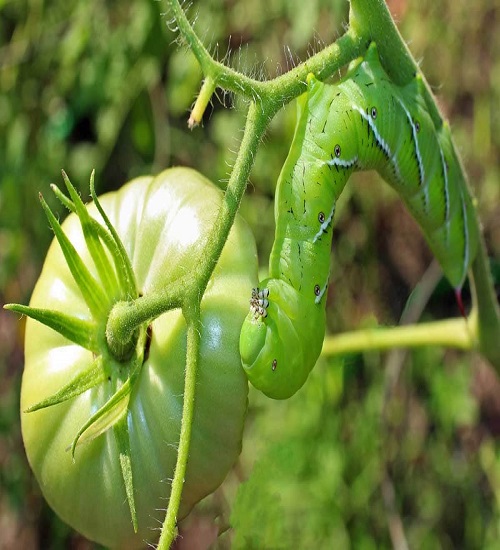
The horn-like tails of these brilliant green, richly striped caterpillars make them look like something out of a sci-fi show. In addition to tomatoes, they also devour peppers, potatoes, and eggplant leaves.
Getting Rid of Tomato Hornworms
Despite their concealment, these caterpillars are huge and easy to locate if you know where to look. Because of this, selecting and scrubbing is a good option. The soil-dwelling bacterium Bt (Bacillus thuringiensis) can also be sprayed on foliage to serve as a pesticide when consumed. Alternatively, introduce predatory insects (such as lady beetles prey on eggs and young caterpillars, parasitic braconid wasps lay eggs on larger caterpillars).
Whiteflies

They damage and hinder the growth of plants and also leave a sticky honeydew on the leaves, leading to fungus disease.
Getting Rid of Whiteflies
Spray the plants with a hose to get rid of the pests, then apply insecticidal soap to both the tops and bottoms of the leaves. When the weather is colder, do this early in the day or late at night. You can use 1 tablespoon of lemon-scented liquid dish soap per gallon of water instead of insecticidal soap.

